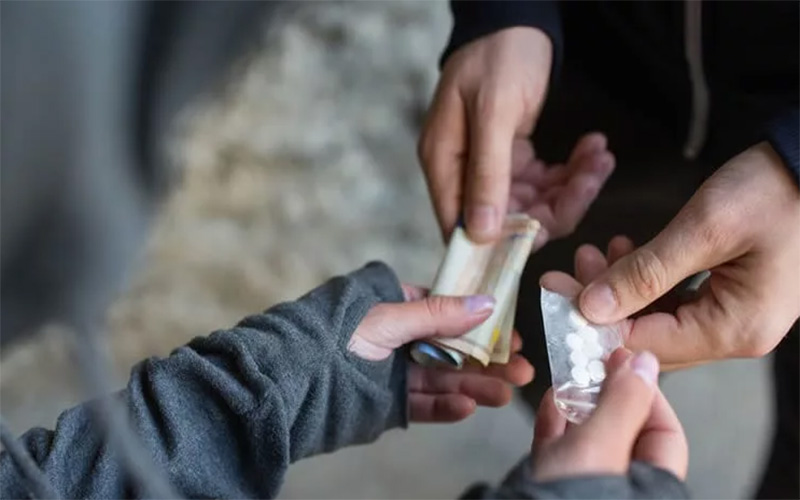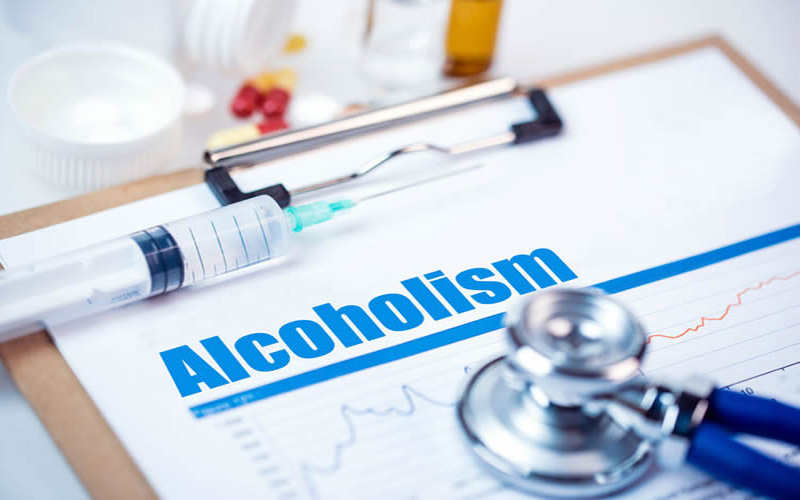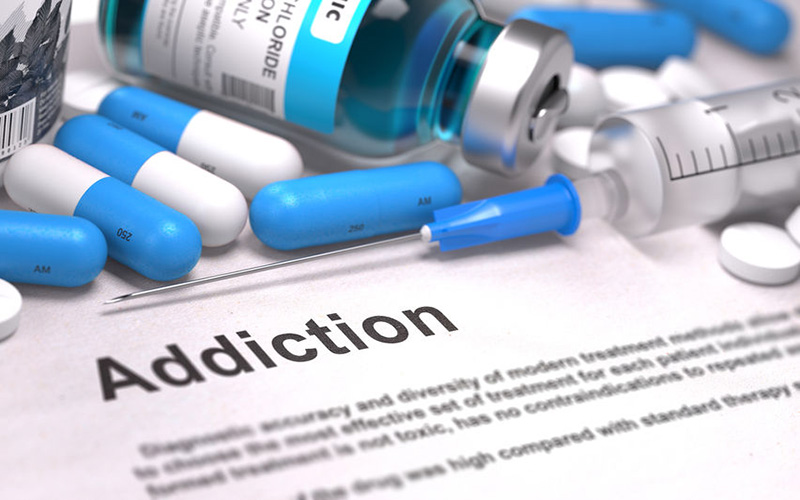Amphetamine Use in Australia On The Increase

Amphetamine use in Australia includes many different substances. Crystal meth is the purest form of amphetamine that is available in Australia today and is the drug causing most consternation amongst parents, and big problems among users. Although most users start experimenting in their teens, the main addiction group is between 25 and 40. Only around 10% of users voluntarily seek rehabilitation services below the age of 25.
Crystal meth is usually smoked or injected. Strangely enough, unlike a heroin effect, smoking provides the quickest ‘rush’, which users find irresistible. Other methods of ingestion also exist, such as secreting in bodily orifices, or eating and drinking the drug. All consumption methods and all forms of amphetamines have physical and mental health impacts including a major susceptibility toward dependence.
Anyone who takes any drug in increasing amounts, with increasing frequency, will usually end up dependant. However not all people who use crystal methamphetamine become dependent or experience harm. And the same applies to all forms of amphetamine use in Australia.
The following statistics are the latest available
Current statistics taken from the National Drug Strategy Household Survey in Australia report that the percentage of people aged 14 years and over using Amphetamine type substances has not increased between 2010 and 2013. The survey also suggests that a static 2.1% of the population aged 14 and above have used amphetamines of one kind or another.
What has changed in amphetamine use in Australia is the shift from substances such as ‘speed’ to the more frequent use of methamphetamine (crystal methamphetamine, Ice), which is far more potent. The Survey reports that the use of crystal methamphetamine has risen form 22% of the users in 2010 to 50% of the users in 2013. Conversely, the shift from using less potent Amphetamine type substances, such as ‘speed’ has fallen from 52% in 2010 to 27% in 2013.
The frequency of use among users of all Amphetamine type stimulants daily or weekly has risen from 9.3% to 15.5%, whilst people using crystal methamphetamines with similar regularity increased from 12.4% in 2010 to 25.3% in 2013.
One frightening statistic that demonstrates how amphetamine use in Australia (especially methamphetamine) has mushroomed comes from a survey of 56 hospital emergency departments Nationwide. Recording the years of 2009-10 to 2014-15, the total number of meth overdoses by people aged 16 and over increased more than 10 fold from 470 to 4771. This sounds a lot, and is, of course, serious and alarming, but consider the overdose figures for alcohol in just one year (2015-2016) – 13,042 in the same age group.
This data clearly suggests, amongst wider amphetamine use in Australia, there is an increasing prevalence for the more potent form of crystal methamphetamine, which is high in purity and readily available. To addicts, that is a physical, mental and emotional magnet almost impossible to resist without appropriate treatment. The fact that the associated harms and carnage are multiplied by this fearful addiction is ignored until the habit has taken absolute hold. This physical and mental addiction may take weeks, months or years to manifest, but once it does, the inevitable downturn in quality of life, and the upturn in dangers and losses to mind body and soul take over.
The statistics will be updated in 2017 when the results of the 2016 National Drug Household Survey are released.
https://www.aihw.gov.au/



